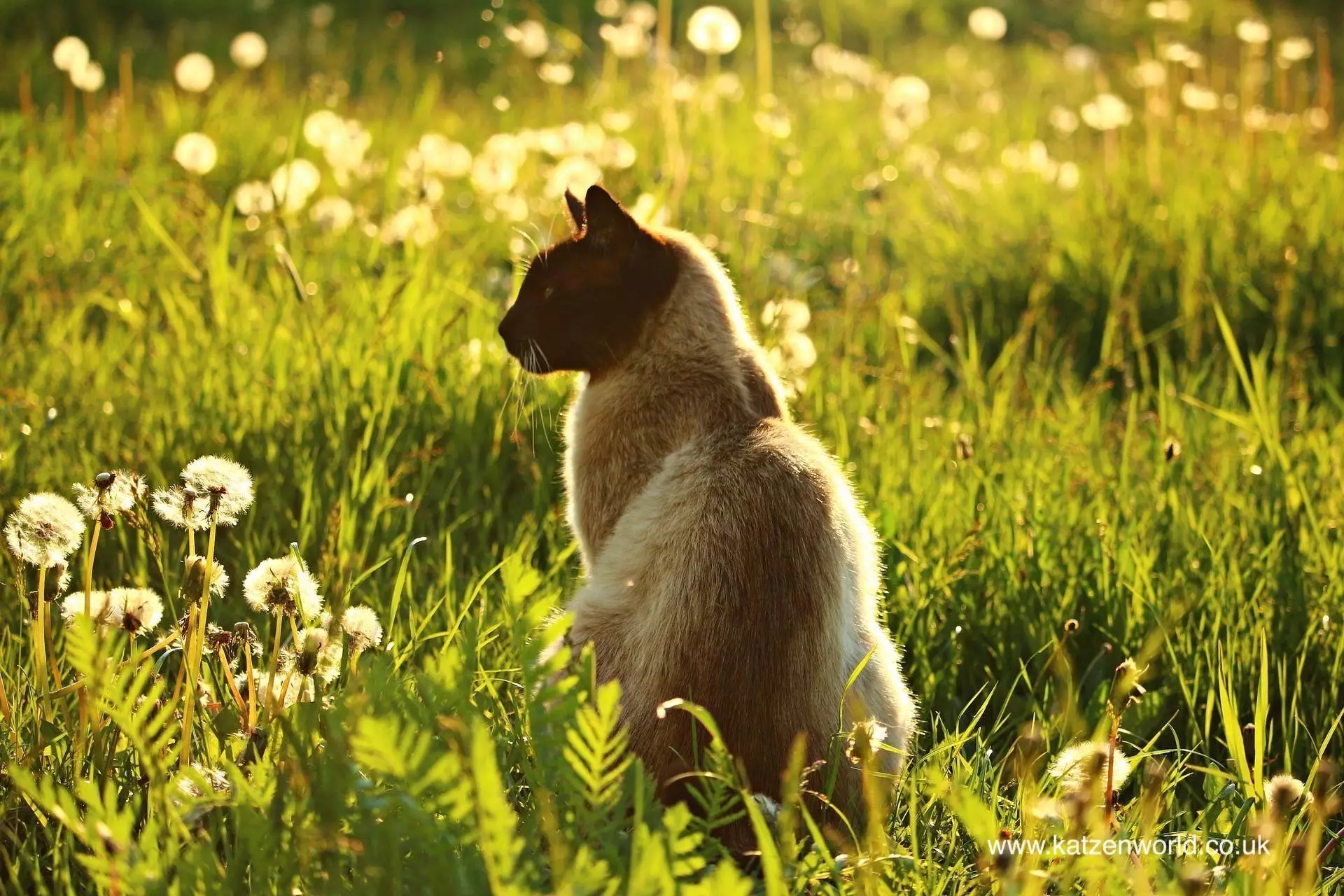As the warm sun beams down and nature flourishes with vibrant colors, many pet owners eagerly seize the opportunity to spend time outdoors with their furry companions. However, amidst the beauty of the season, a lurking danger exists: certain plants that can pose a serious threat to animals. It is essential for dog and cat owners to be aware of these hidden risks to ensure the safety and well-being of their pets throughout the summer months.
As animal health experts advise, it is not uncommon for pets to be accidentally poisoned by ingesting toxic plants. Pets, particularly dogs, may not always show the discretion we expect when encountering unfamiliar greenery. In fact, statistics reveal that in just one year, veterinary institutions treated numerous cases of plant-related poisonings, some of which resulted in dire consequences. The proactive approach to safeguarding our pets begins with awareness and vigilance.
While flowerbeds and parks are lush with enticing plants, certain species, like foxgloves and lily of the valley, can be notoriously harmful if ingested. These plants can induce severe reactions, ranging from gastrointestinal distress to dangerous cardiac issues. Moreover, the fall can bring its own unique dangers, such as the invasive Giant Hogweed, which possesses venomous sap that can harm both pets and humans, resulting in painful burns and skin reactions. Even the slightest contact can lead to adverse effects, particularly in tender areas like ears and around the eyes.
Understanding the surroundings is crucial as you take your pet for a walk. If your companion tends to nibble on leaves, keeping them on a leash becomes a prudent decision, especially in unfamiliar areas where dangerous flora might lurk. By remaining alert and vigilant, pet owners can actively reduce the chances of their animals consuming toxic plants during outdoor adventures.
The dangers are not confined to the great outdoors. Home gardens, while often a refuge for relaxation, can also be sites of peril for unsuspecting pets. If you’re an enthusiast in gardening, you may unknowingly harbor toxic plants such as rhododendrons, geraniums, and hydrangeas. While aesthetically pleasing, these flowers can have adverse effects on dogs and cats, and should not be consumed.
Furthermore, many backyard staples pose risk as well. Allium vegetables like onions and garlic can be detrimental to pet health if ingested, along with unripe fruits and toxic plant parts, such as the leaves of rhubarb or potato plants. As pet owners plant new life in preparation for the fall, caution is necessary. Bulbs like autumn crocus should be kept out of reach, as they can be particularly dangerous for pets. Familiarizing oneself with pet-safe gardening practices is essential for cultivating a safe environment.
Before introducing new plants or flowers to the garden, consulting with local experts or garden centers about safe options can save pets from potential harm. If you find that toxic plants currently inhabit your space, either removing them or erecting barriers can be effective solutions to help keep curious pets safe.
Additionally, pet owners should be mindful of chemical exposure in gardens. Pesticides and herbicides are commonly employed to maintain healthy plants, but these substances can have toxic effects on pets, regardless of the plants they are applied to. The safest approach is to minimize or eliminate the use of such chemicals, opting for more natural alternatives whenever possible.
Moreover, compost bins can also pose risks, as the organic waste inside can harbor harmful bacteria and mold. Ensuring that compost remains securely contained and out of the reach of pets can further safeguard their health.
Being able to identify the signs of poisoning can be critical in ensuring a prompt response. Symptoms vary widely depending on the type of plant and amount consumed, ranging from gastrointestinal upset—such as vomiting and diarrhea—to more severe reactions like seizures and difficulty breathing.
If you suspect that your pet has ingested a harmful plant, swift action should be taken. Veterinary care may be required even if symptoms have not yet manifested, as some toxic effects may take time to develop. Never wait for apparent signs; immediate treatment is crucial to prevent complications that could threaten your pet’s life.
While summer may be a time of joy and exploration, the natural world can harbor unexpected dangers for pets. By staying informed, vigilant, and prepared, pet owners can enjoy the season safely alongside their four-legged friends. Prioritizing pet safety allows everyone to relish delightful outdoor experiences without unnecessary risk.


Leave a Reply